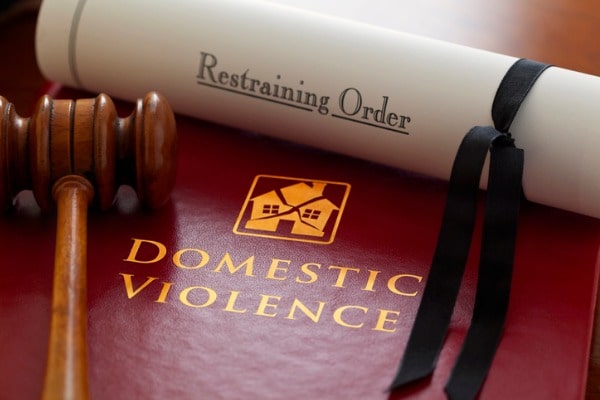
Incredible journalism and investigations from the Guardian reveals that prison inmates regularly die from preventable health conditions. They’re dying years younger than the overall population, often after receiving little healthcare after getting sick. Advocates believe that alarmingly premature death in state prisons is a hidden crisis that is routine across the U.S. All too often, fueled by abysmal and unconstitutional standards of healthcare.
THE GUARDIAN’S INVESTIGATIONS OF NEW JERSEY STATE PENITENTIARY
By filing public records requests, the Guardian obtained data on all 272 individuals whom the DOC reported had died in New Jersey state prisons from 2018 to 2022, as well as autopsy results on 265 of those people. Heart disease accounted for 69 of the deaths, making it the leading cause, with people dying from the condition at age 62 on average. The next two most common causes of death were Covid-19 (average age of death: 60) and cancer (59).
From 2018 to 2022, men in New Jersey prisons died at an average age of 59 years and two months of age. Among those, Black men died at just under 57 years and four months of age. The incarcerated population is on average younger than the general population. However, these numbers are still startlingly low compared with the overall state average. The average age of death is 71 years and eight months for all men and 64 years and four months for the state’s Black men.
Examined in their entirety, the Guardian’s findings suggest that substandard healthcare is contributing to a pattern of early death behind bars.
David Fathi, an attorney and the Director of the American Civil Liberties Union National Prison Project, reviewed the Guardian’s findings. He found there are red flags that New Jersey has a seriously dysfunctional prison healthcare system.
“Prisons are black boxes that are hidden from public view . . . It has to be someone’s job to make sure that adequate healthcare is being provided . . . What we know is that the provision of healthcare in prisons across the country is generally systemically inadequate.” ~David Fahti, Director of the ACLU’s National Prison Project.
PRIOR RESEARCH SHOWS INADEQUATE HEALTH CARE FOR PRISONERS IS THE NORM
Previous academic research has found that prison can take a toll on life expectancy – as many as two years for every one year spent in prison. According to the US Department of Justice, in 2019 the No 1 cause of death in US jails, where people await trial or serve relatively short sentences, was suicide. But prisons, where people are sent after being convicted of serious crimes, are different. For example, according to the justice department, in 2019, 78.9% of state prisoners died due to illness, such as heart disease or cancer.
CRUEL AND UNUSUAL PUNISHMENT
In its 1976 ruling in Estelle v Gamble, the US supreme court found that “deliberate indifference” to the health needs of incarcerated people violated the Eighth Amendment’s protection against cruel and unusual punishment. Under the law, incarcerated people have a constitutional right to adequate healthcare that people outside prison do not – even if enforcing that protection has been a difficult task.
Prison is a terrible place. Please contact my office if you, a friend or family member are charged with a crime. Hiring an effective and competent defense attorney is the first and best step toward justice.



:quality(70)/d1hfln2sfez66z.cloudfront.net/11-12-2019/t_b5bf72ca8bc04cd1ba4c039b6dc1ee5f_name_2927F3CB11354590AA0E701EF29B5C6E.jpg)












